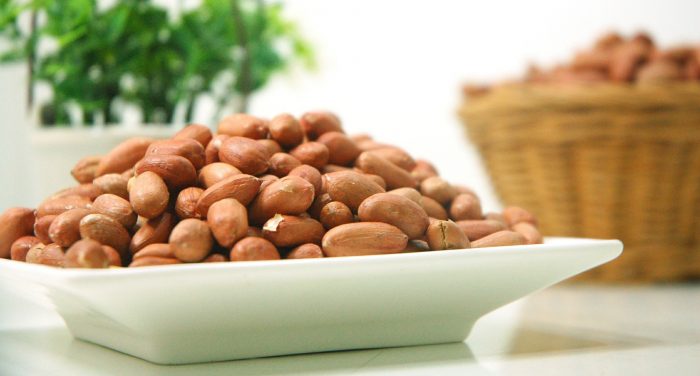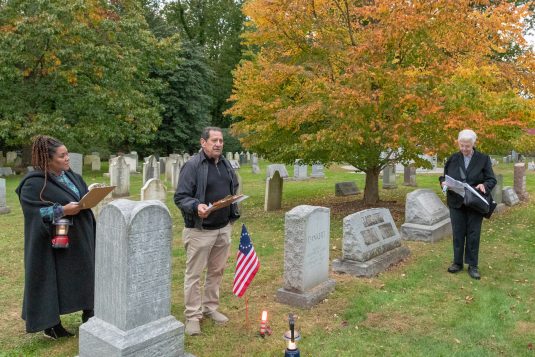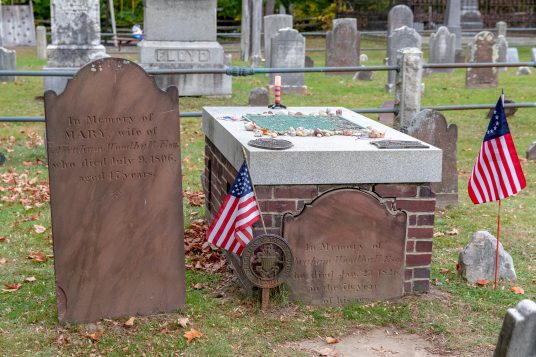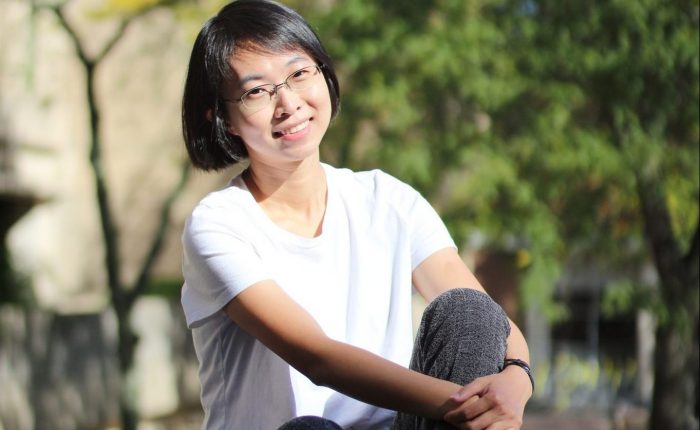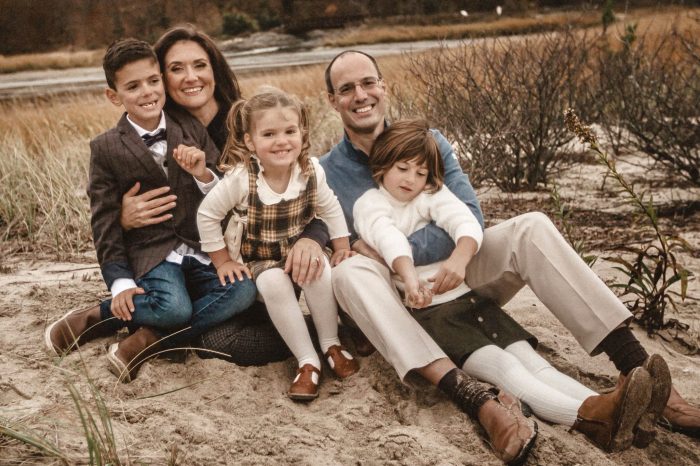By Barbara Beltrami
If you travel around this nation of ours, it becomes obvious that every region has its own variation of what we provincially think of as indigenous to our own region. Case in point: chowder. Here in the Northeast we’re particularly partial to clam chowder, and even that is subdivided into versions particular to some states. Travel a little bit south and you’ll find, not surprisingly, Maryland crab chowder, travel further south for Cajun shrimp chowder and go to the Pacific Northwest for salmon chowder.
Having noted the differences, however, let’s now observe that all of them, no matter their provenance, rely on the same supporting casts of diced veggies, broth, corn and/or cream, and then add a few ingredients that put the region’s stamp on their flavor.
Maryland Crab Chowder
YIELD: Makes 8 first course servings or 4 main course servings.
INGREDIENTS:
1/4 cup vegetable oil
3 to 4 carrots, peeled and diced
1 large Yukon Gold potato, peeled and diced
1 medium onion, peeled and chopped
1 celery rib, sliced thin
1/2 pound string beans, trimmed and sliced into 1” pieces
Kernels from 2 ears freshly picked and shucked corn
1 cup frozen lima beans
1 cup frozen peas
1/4 cup Worcestershire sauce
2 tablespoons Old Bay Seasoning
Large pinch dried hot red pepper flakes
One 28-ounce can San Marzano tomatoes, diced
1 pound jumbo lump crab meat
Sea salt and freshly ground black pepper to taste
DIRECTIONS:
In a large pot, warm oil over medium-high heat; add carrots potato, onion and celery and, stirring frequently, cook 3 to 5 minutes until onions turn opaque and veggies start to brown. Add 6 cups water, string beans, corn, lima beans, peas, Worcestershire sauce, Old Bay Seasoning, red pepper flakes and tomatoes with their juice.
Over high heat, bring to a boil, then simmer, covered, over medium low heat 30 minutes, until veggies are tender; add crabmeat, stir, cover and continue to simmer about 45 minutes. Season with salt and pepper. Serve hot with oyster crackers.
Southern Shrimp Chowder
YIELD: Makes 6 servings
INGREDIENTS:
1 pound shrimp, peeled and deveined
2 teaspoons Cajun seasoning
Salt and freshly ground pepper to taste
6 slices bacon, cooked and diced (fat reserved)
1 tablespoon butter
1 onion, chopped
2 garlic cloves, minced
2 tablespoons flour
1 pound potatoes, peeled and diced
4 cups chicken broth
4 sprigs fresh thyme
3 scallions, cleaned and sliced
3 cups fresh corn kernels
2/3 cup heavy cream
1/2 teaspoon cayenne
DIRECTIONS:
Toss shrimp with Cajun, salt and pepper seasoning to thoroughly coat. Reheat bacon fat and add shrimp; cook over medium heat until they turn pink, about 2 minutes per side; remove and set aside. Drain bacon fat, and discard; then add butter and melt it; add onion and cook until opaque, about 3 to 5 minutes. Stir in garlic and flour and cook half a minute more. Add potatoes, broth, thyme and scallions and bring to a boil; reduce heat, cover and simmer till potatoes are cooked, about 10 minutes. Stir in corn and cream and simmer 5 minutes; remove from heat and stir in shrimp, bacon, scallion and cayenne. Serve with biscuits or corn bread.
Pacific Northwest Salmon Chowder
YIELD: Makes 6 servings
INGREDIENTS:
1/2 pound bacon, cut crosswise into 1/2” strips
2 bunches scallions, cleaned and sliced
1 cup fresh corn kernels
2 garlic cloves, minced
1 tablespoon fresh thyme leaves
1 bay leaf
1/2 teaspoon dried hot red pepper flakes
3 cups milk
3/4 cup heavy cream
1/2 pound potatoes, peeled, diced and cooked
1 1/2 pounds fresh salmon, skin removed, then cut into 1’ pieces
Salt and freshly ground pepper to taste
2 teaspoons freshly squeezed lemon juice
DIRECTIONS:
In large heavy pot, cook bacon over medium heat, then drain; reserve two tablespoons of fat. Set bacon aside; add scallions, corn, garlic, thyme, bay leaf and hot pepper flakes to bacon fat and cook, stirring occasionally, over medium-low heat until scallions are tender but still bright green, about 5 minutes. Add milk and cream and bring just to a boil; reduce heat to medium-low and add potatoes, salmon, bacon, salt and pepper; cook, stirring frequently, until salmon is cooked through, about 6 to 7 minutes. Stir in lemon juice, remove and discard bay leaf and serve hot with toasted sourdough bread.




